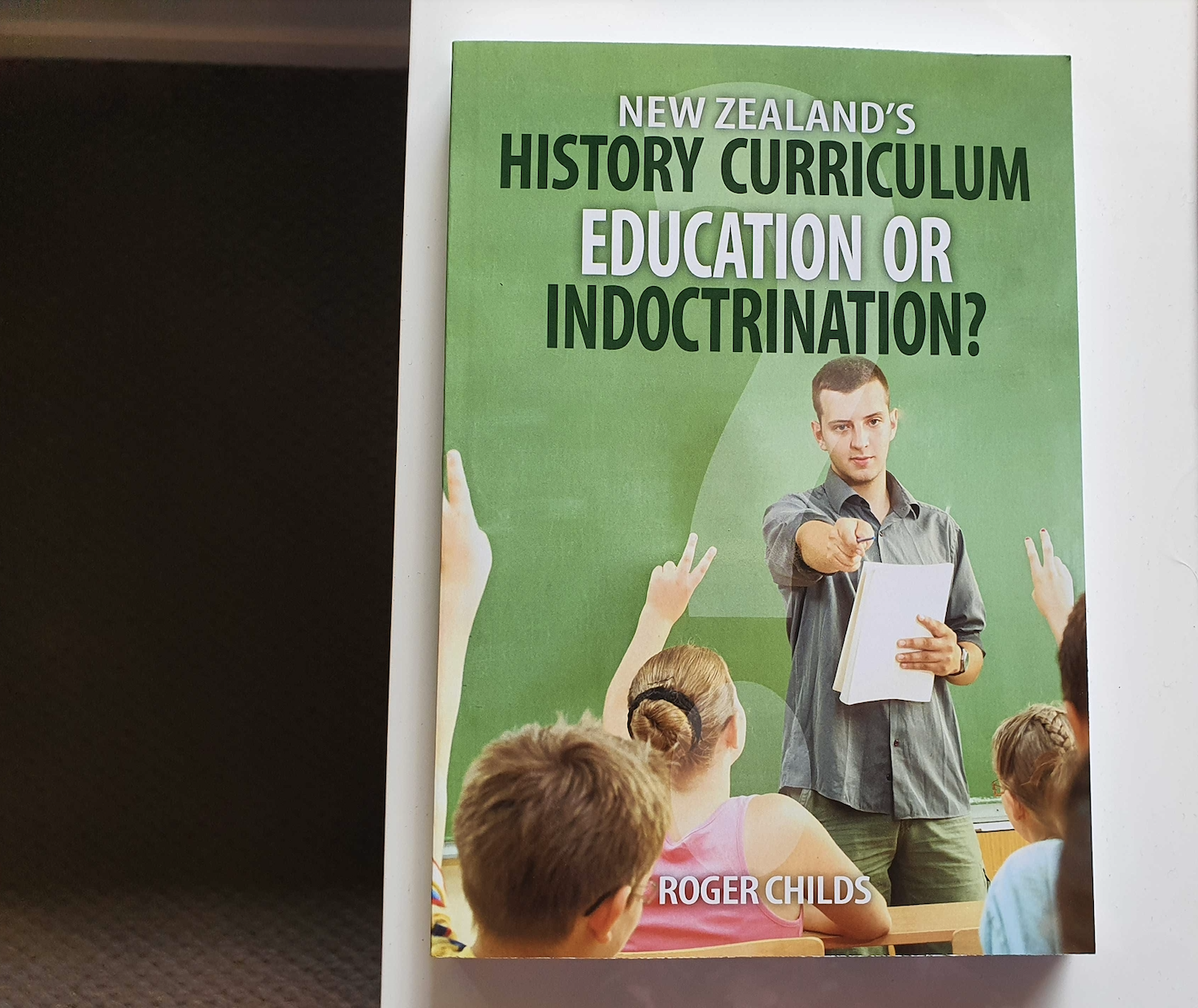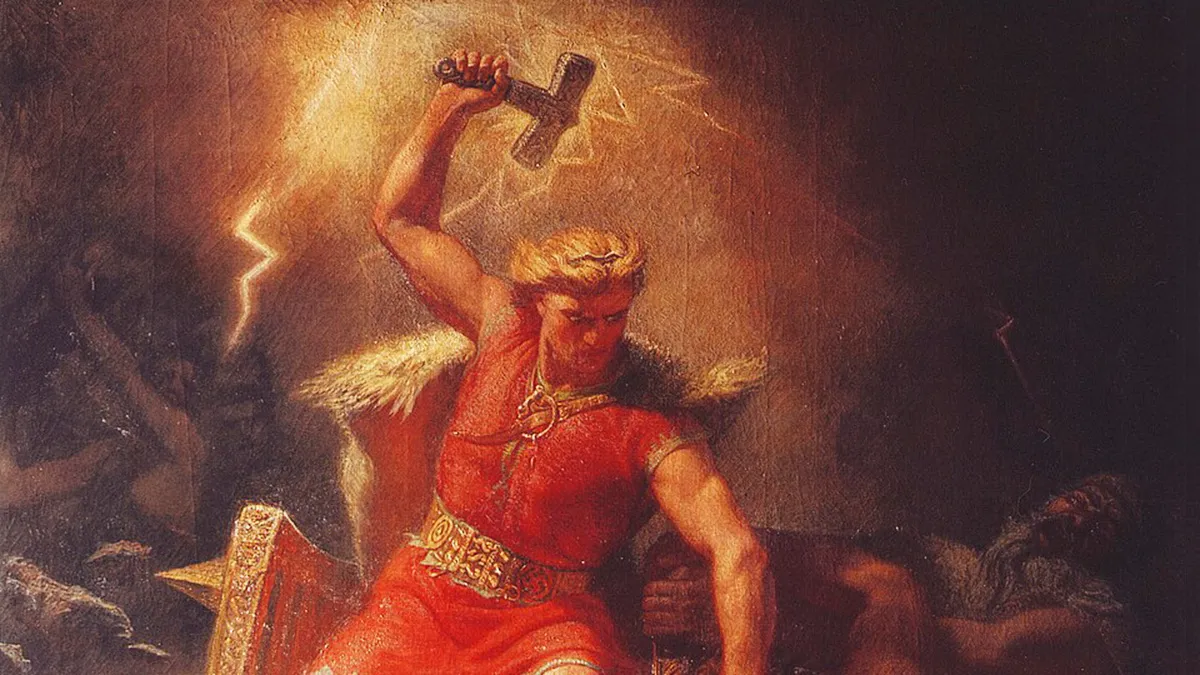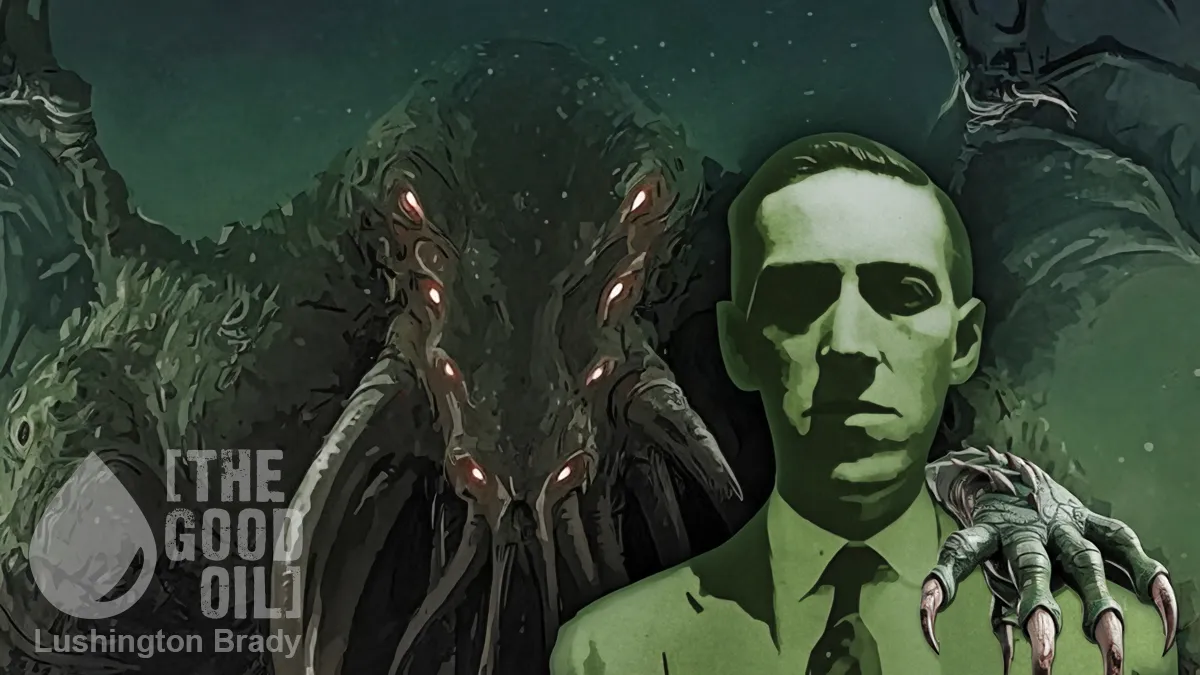Mike Butler
In a new book titled New Zealand’s History Curriculum – Education or Indoctrination? educator Roger Childs eviscerates what he calls “a deliberate, pre-meditated attempt at social engineering”.
The push for a compulsory anti-colonist curriculum started in 2014 when pupils from Otorohanga College on a field trip were told that British troops attacked a town near Te Awamutu, herded women and children into a church and burned them to death.
Unfortunately the Rangiaowhia burnt church story is a lie that is easily debunked.
There is no mention of such an incident in any of the eyewitness accounts of the day. Moreover, no church there was burnt – the two churches that existed there on February 21, 1864, the day of the alleged atrocity, remained standing long after the incident.
Nevertheless, two pupils petitioned for teaching about Land Wars and here it is.
Childs is well-qualified to comment on the curriculum. Having worked on numerous social sciences curricula, he understands what pupils need at different ages. Having taught social studies and history for forty years, he knows New Zealand history inside out so can easily list what the new curriculum ignores, which is:
- Captain Cook and other European explorers.
- The inter-tribal Musket Wars from 1800 to 1840 in which up to 80,000 people were killed in 600 battles. Prisoners (men, women, and children) were murdered, women raped and abducted, captives enslaved and eaten, and smoke-dried tattooed heads exchanged for guns.
- Honesty about the Treaty of Waitangi.
- Honesty on the New Zealand wars. The curriculum’s assertions of “the brutal attack on Rangiaowhia by the British, Crown hostility, aggressive land acquisition, and Grey’s invasion of the Waikato” are one-sided and dishonest.
- The benefits of colonisation. Christian missionaries persuaded chiefs to renounce war, the killing of prisoners, cannibalism and slavery. Maori gained access to improved food, clothing, housing, transport, hygiene, health, and law. Superstition, infanticide and slavery were ended. The position of women improved.
- How the US Marines prevented the invasion of New Zealand by imperial Japan during World War II.
- Pre-Polynesian settlement. Maori oral history tells of Waitaha, Turehu, and Patupaiarehe. Cut (by humans, not broken) bones retrieved from Poukawa near Hastings were carbon-dated to 3120 years old. A stone city in the Waipoua Forest in the Far North has been dated to 2500 BC.
- Natural disasters. Twenty six earthquakes measuring from 6.3 to 8 on the Richter scale hit from the 13th to the 18th centuries. Both Rangitoto Island and Taupo erupted. Mt Taranaki-Egmont erupted three times. Tsunamis, especially in the 15th century, caused communities to move inland, compete, and become more aggressive.
Modern historical accounts must be supported by research into sources linked to the past, he wrote. Childs further observes that:
Historians must ensure that the sources are what they claim to be; it is best to go to primary sources which date from the period to get the knowledge needed for accurate analysis. Sources must be reliable, and the historian must be honest, detached and fair.
The new curriculum ignores this requirement. The Rangiaowhia skirmish, the 2014 Otorohanga College field trip, and the petition highlight its significant problems which are related to:
- Getting one side of the story.
- The dangers of relying on tribal versions of an event unsupported by evidence.
- The limitations of oral history.
- Failing to get hard evidence to support historical conclusions.
- Historians pushing their own version of history without primary evidence.
When Prime Minister Jacinda Ardern announced the intention to make New Zealand history compulsory, history professor Paul Moon observed that, “if done poorly, compulsory history in our schools could veer into the realm of indoctrination”.
In fact, it has swerved. The final curriculum published in 2022 is a case of deliberate, pre-meditated social engineering.
The developers clearly had their agenda and, no doubt, instructions from the Ministry.
By putting Maori history, identity, culture, and experiences, at the heart of the syllabus, students will be taught to see Maori people as special.
The curriculum is more about Maori studies than New Zealand history, Childs concludes.
This book is a must-read for everyone who has children in a New Zealand school. After all, how do you unteach lies?

New Zealand’s History Curriculum – Education or Indoctrination?
Author: Roger Childs
Tross Publishing, 186 pages, illustrated
$35 (including postage)
Available from Paper Plus or directly from www.trosspublishing.co.nz.
Or email trosspub@gabriel









